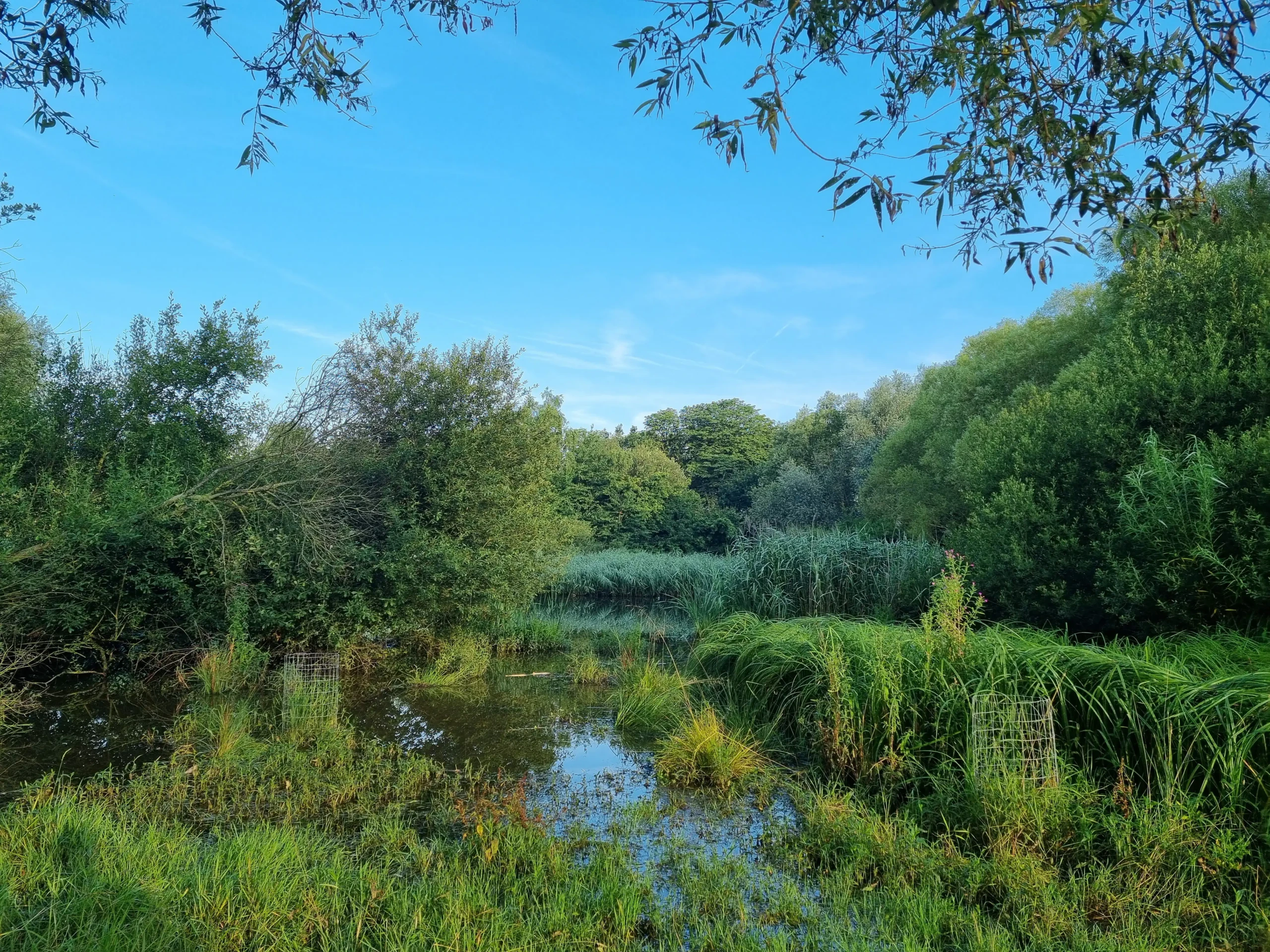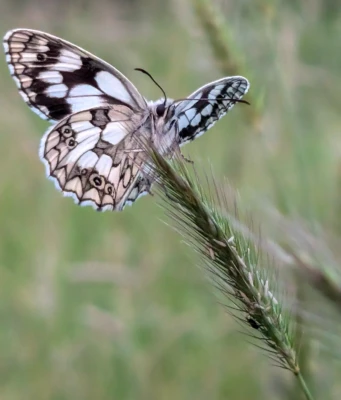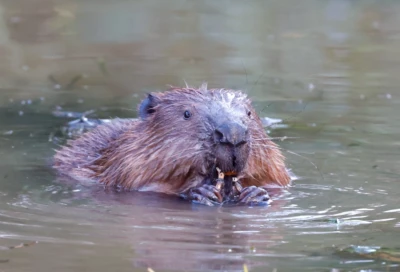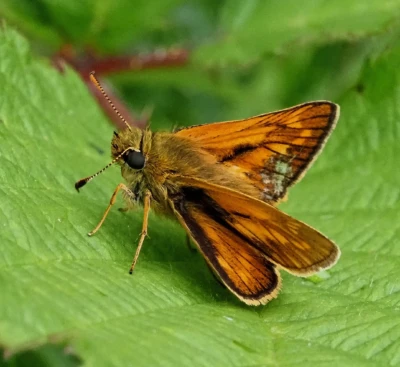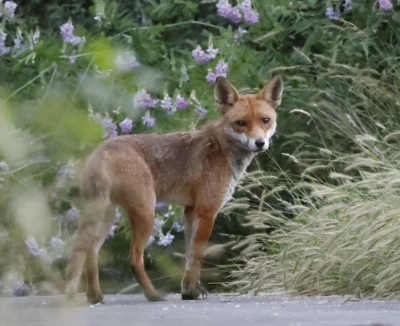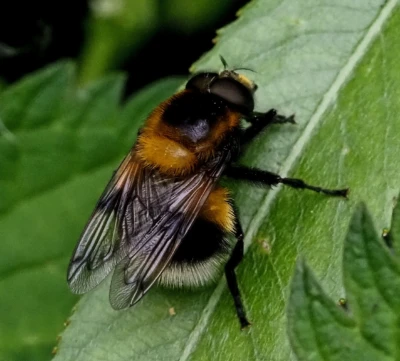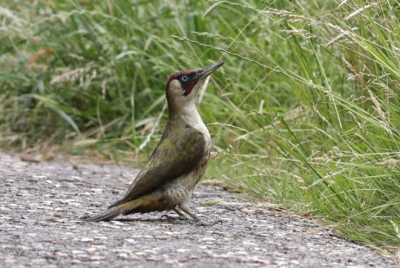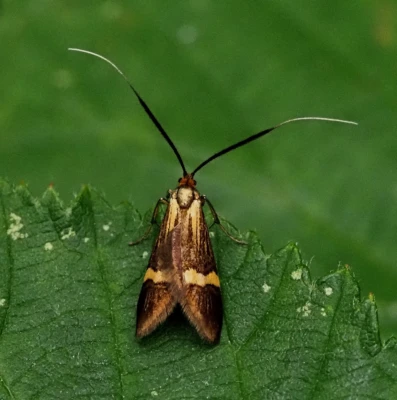Widely considered to be a “keystone species”, beavers have a disproportionate, positive impact on their environments.Through their foraging and dam-building activities, beavers help create a mosaic of habitats that are a mix of wetlands, ponds, deadwood, open grasslands, shrubs and trees. This mixed habitat landscape provides vital environments that support a wide range of insect, arachnid, amphibian, bird and mammal species. There are already many scientific studies showing biodiversity gains in the presence of beavers in their native range. The Ealing Beaver Project aims to show that biodiversity benefits can be achieved even in urban landscapes.
How do Beavers help Biodiversity
Creating shrubby understories
Beavers are herbivores, consuming plant material such as softwood barks, leaves, roots and aquatic plants, with a preference towards willow and birch trees. In winter, when ground vegetation is sparse, they coppice and ‘fell’ some trees to get access to delicious leaves in the upper canopy. Coppicing is a traditional woodland management method where trees are pruned to the ground level, encouraging the growth of new stems and facilitating their regrowth as dense shrubs. This shrubby understory provides essential shelter and food for a wide range of species, especially nesting birds that rely on these plants for nesting cover.
Creating new wetland habitats
Beavers are most comfortable around deep pools and slow, moving water. Being “ecosystem engineers”, they engineer their surroundings to their liking by building dams across the water which lead to the creation of a series of pools. The dams also help in percolating debris and other sediments from the streams greatly improving water quality. This along with the opening up of the canopy by the beavers’ other activities creates many shallow-edged, warm pools, thereby kickstarting the aquating complex food webs where life thrives.
Tracking Biodiversity changes at Paradise Fields
Our ecologist, Nadya Mirochnitchenko, and a team of volunteers are tracking important indicators of biodiversity change including:
- Water quality
- Aquatic invertebrates
- Newts
- Birds
- Bats
In addition, visitors to the site are encouraged to record their sightings on the iNaturalist Project further showcasing the sight’s changing flora and fauna across the seasons
Although it is still a bit early in the project, there are already notable changes on the site. The water is cleaner and clearer, there are more aquatic insects, and we are witnessing some early positive biodiversity changes.
